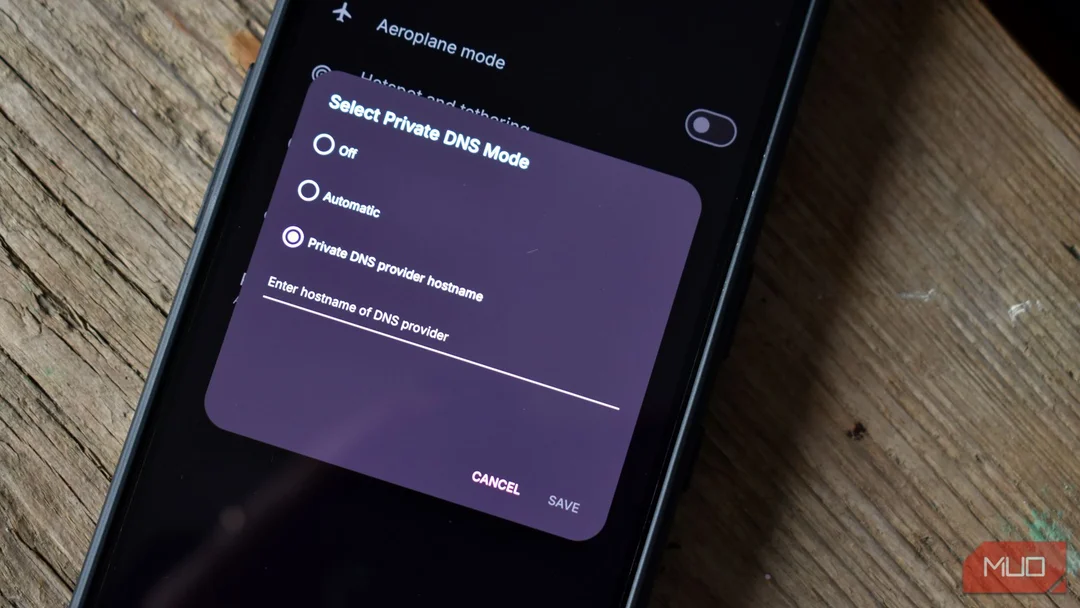
Struggling with Slow Internet? These Simple Tricks Can Boost Your Speed for Free
Is your internet feeling slow, even with a seemingly fast connection? You're not alone. Many users experience lag and buffering despite having gigabit internet plans. But before you blame your internet provider or spend money on upgrades, try these simple, effective tricks to boost your internet speed – some are even free!
Troubleshooting Your Internet Woes
The first step is to identify the problem. Are you experiencing buffering while streaming, slow downloads, or interrupted video calls? As one user noted, ignoring these red flags can lead to unnecessary frustration.
1. Run a Speed Test to diagnose internet connection issues
Start with an internet speed test. Ookla Speed Test is a popular choice as an easy way to measure the strength of your internet connection. This is recommended for its consistency, and it also shows your speed test history once you create an account. (Disclosure: Ookla is owned by the same parent company as CNET, Ziff Davis.) The image shows that this particular Santa Monica location has only two fixed broadband options, but it also has many mobile alternatives.
2. Optimize Router Placement for Better Wi-Fi Signal
The location of your router significantly impacts your Wi-Fi signal. Dense materials like concrete, brick, and metal can obstruct the signal. Try moving your router to a central, elevated location, away from obstructions.
3. Try a Wi-Fi Extender: Your Secret Weapon Against Dead Zones
If moving your router isn't enough, consider a Wi-Fi extender. Many internet providers offer extenders, sometimes even included in your plan. One user discovered that a free Fios Wi-Fi extender dramatically improved their basement internet speed, jumping from 76Mbps to nearly 600Mbps.

4. Change Your DNS Server: A Hidden Speed Booster
Your Domain Name System (DNS) server translates website names into IP addresses. Your internet provider's default DNS server might be slower than alternatives. Consider switching to a third-party DNS provider for potentially faster speeds and improved privacy.
Popular options include:
- Cloudflare DNS: 1.1.1.1 and 1.0.0.1 (fast, privacy-focused)
- Google DNS: 8.8.8.8 and 8.8.4.4 (reliable, well-supported)
- Quad9: 9.9.9.9 and 149.112.112.112 (fast, strong security, privacy-focused)
5. Flush Your DNS Cache: Clear Out Old Data for a Fresh Start
Your computer stores DNS information, which can sometimes become outdated. Clearing your DNS cache forces your system to request the latest information, potentially resolving connectivity issues.
To Flush Your DNS Cache on Windows:
Open Command Prompt as Administrator. Typeipconfig /flushdns and press Enter.
Is Gigabit Internet Really Necessary?
While gigabit internet is enticing, it might not be essential. OpenVault's first quarter 2024 report showed that the average American household uses 569Mbps in downstream speeds and 32Mbps in upstream. Determine your household's needs based on activities like streaming, gaming, and video conferencing.
You can also manage your home traffic at home by changing your router settings.
Putting It All Together
Optimizing your internet speed doesn't have to be complicated or expensive. By taking a few simple steps – running speed tests, optimizing router placement, considering a Wi-Fi extender, adjusting DNS settings, and clearing your DNS cache – you can significantly improve your online experience.
Have you tried any of these tricks? Share your experiences and tips in the comments below!